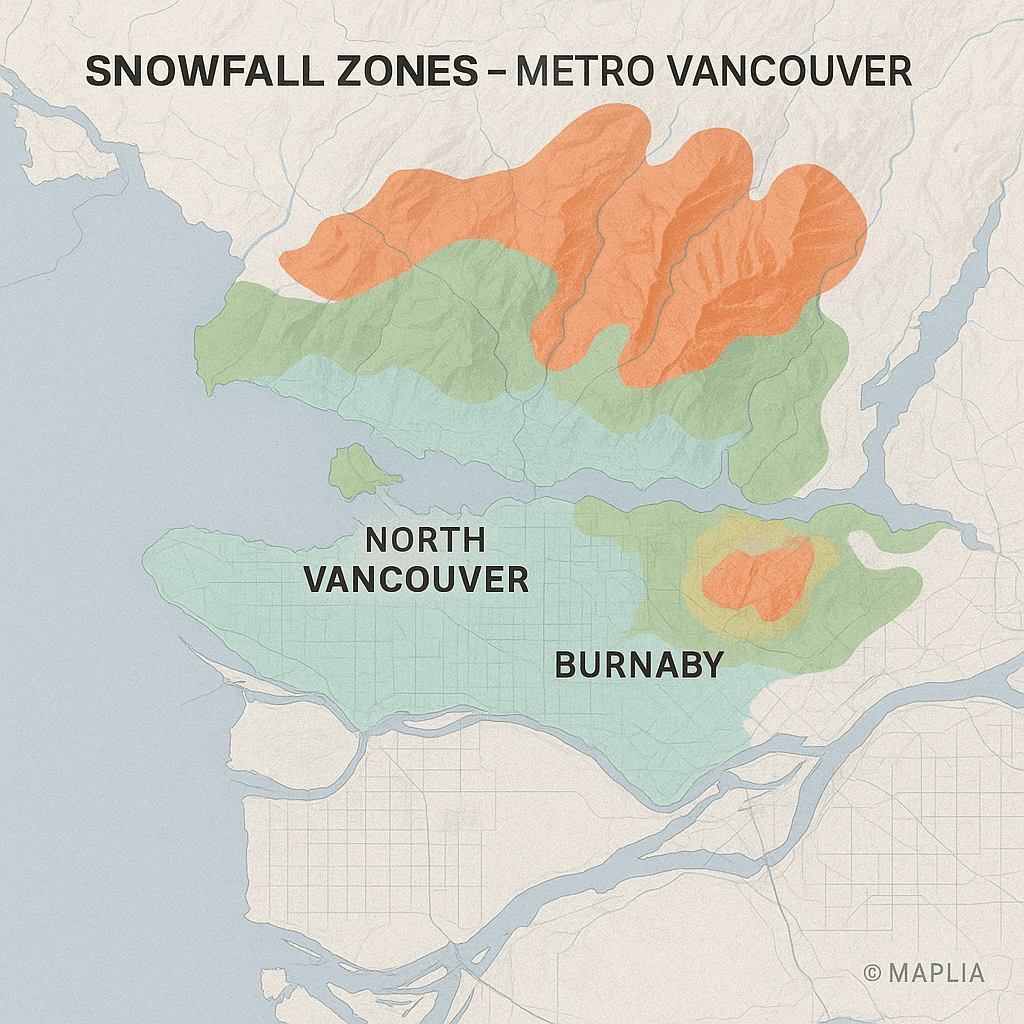
In cities like Calgary or Winnipeg, the answer to “When should we plow?” is simple—after every storm. In Vancouver, it’s more nuanced.
Our snowfall is often light but wet, unpredictable, and tightly linked to temperature swings. That makes knowing when to plow—and when it’s legally or operationally necessary—more complicated than most people think.
This guide breaks down what counts as a “plow-worthy” snow event in Vancouver, and how commercial property managers should plan around it.
Unlike cities with consistent sub-zero temps, Vancouver’s snow often comes in waves—melting by afternoon, refreezing by night.
This creates a high-risk window where:
So the question isn’t just how much snow—it’s when, where, and for how long.
For commercial sites, here’s a general rule of thumb (and what we follow at Vancouver Snow Plowing):
What’s more important than the numbers? Conditions on the ground.
Your property in Mount Pleasant might be bare pavement while another site in East Van is covered. Vancouver’s elevation, tree cover, and shadow exposure all affect how long snow lingers—and where ice forms first.
Professional plow operators monitor:
This means your plow plan should never be “one size fits all.”
City of Vancouver snow response crews prioritize major routes at specific accumulation thresholds—but their standards don’t apply to private property.
If you’re managing:
You’re legally responsible for keeping surfaces safe, even with minor snow events.
We don’t wait for clients to call us. Our system works like this:
You’re always covered. No guesswork. No waiting.
In Vancouver, it’s not about snow depth—it’s about surface conditions, timing, and liability prevention.
If your current vendor is waiting for 5 cm to respond, you might be waiting for a lawsuit too.
Want your snow service to be based on operational logic—not outdated snowfall thresholds?